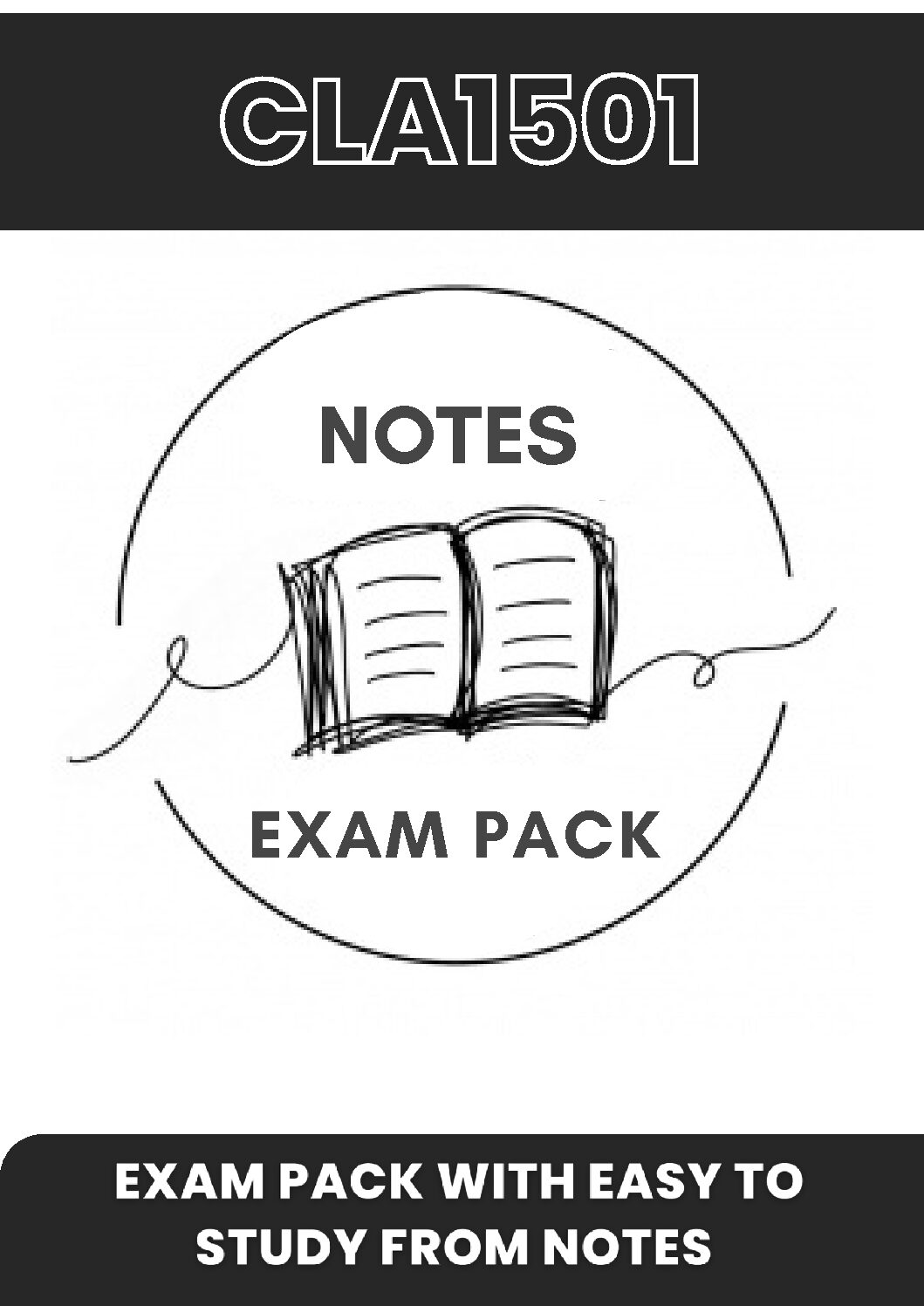Description
LIN1502 Assignment 2 Semester 2 2024 | Due 2 September 2024. All questions answered with references.
Question 1
Read the following dialogue and answer the questions that follow.
Mother: Do you want the duckie? Whose duckie is this?
(Mother shows Dinesh a toy duck)
Dinesh: Mine.
Mother: That’s right! It’s Dinesh’s duckie. Should I put duckie away?
(Mother speaks slowly and clearly)
Dinesh: No.
Mother: Okay. Let’s keep duckie out.
1.a. What word stage is Dinesh likely to be in and how old is he? Motivate your answer with
characteristics of that word stage. (4)
1.b. Is the mother using caretaker speech or not? Motivate your answer with examples from the
dialogue. (6)
Question 1 total [10]
Question 2
Read the conversation below between Damon and Mario. Then read through the entries
selected from The Online Dictionary of South African English on the southafrica-info.com
website. Thereafter, answer the two questions which follow.
Conversation
Damon: Howzit my china!
Kevin:
Howzit bru.
Damon: Skim we go grab a bunny?
Kevin:
Kif!
Entries from the Online Dictionary
china (noun) – Friend, mate. From the Cockney rhyming slang “china plate” = “mate”.
bru (noun) – Term of affection, shortened from Afrikaans and Dutch broer (pronounced “broo-
er”), meaning “brother”.
bunny chow (noun) – Curry served in a hollowed-out half-loaf of bread, with the hollowed-out
piece of bread placed on top.
kif (adjective) – Cool, good, enjoyable. From the Arabic kayf (enjoyment, wellbeing).
2a. Is the language variety used by Damon and Kevin an example of standard language,
jargon or slang? Motivate your answer by referring to the information in your Study Guide and
giving four characteristics of this style of language. Please note that you will only receive marks
for characteristics taken from your Study Guide. (5)
2b. Match the terms in column A to the explanations in Column B. In your answer you only
need to write the number from column A and the letter of the correct explanation from column
B. For example: 1 – f
(5)
Column A
Column B
1. Accent
a. Varieties of a language that can be
understood by people who speak other
varieties of that same language.
2. Sociolect
b. The language variety used in books
such as this Study Guide.
3. Dialect
c. Black South African English (BSAE) is
an example of this.
4. Idiolect
d. A language variety shared by people
of the same ethnic group or social class.
5. Ethnolect
e. The variety of language that you as an
individual speak.
6. Standard language
f. When two people speak the same
language but pronounce the words
differently.
Question 2 total [10]
Question 3
3a. Do you believe schools should educate learners in their mother-tongue? Give your opinion
and substantiate it by giving either the advantages of mother-tongue education or the
disadvantages. You will only be given marks for information taken from your Study Guide.
(5)
3b. Complete the following paragraph by filling in the missing words. You do not need to rewrite
the paragraph; you may simply write the number that appears in the blank space and write the
correct word next to it. For example: 1 – official language.
Papy moved to South Africa from the Democratic Republic of the Congo.
His mother-tongue is French, which is the ________1________ language of the DRC. Papy attends a school in Johannesburg, where he is only
taught in English. This means there is a ___________2_____________
between the language he uses at home and the language he uses at
school. At his school, French is not supported, and Papy is learning
English at the expense of French. This means he is experiencing
_____________3______________
bilingualism
as
part
of
a
_____________4_____________ programme. Papy’s friend Albertine
attends a school that encourages the use of both English and French,
meaning
the
school
practices
___________5_____________
bilingualism. Albertine’s school follows a ___________6_____________
programme; in grades 1 – 4 learners are taught either in English or French
(depending on their mother-tongue) and from grade 5 they are taught in
English, while French is given as a subject.
Question 3 total [10]
ASSIGNMENT TOTAL [30]










Reviews
There are no reviews yet.